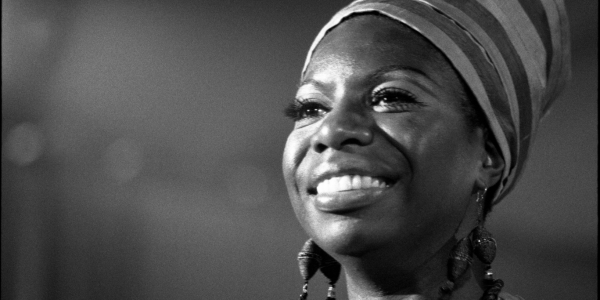
THIS WEEK IN PIANO HISTORY, we remember pianist Nina Simone who died on April 21, 2003. Simone, born as Eunice Kathleen Waymon on February 21, 1933 in Tryon, North Carolina, was a jazz singer, pianist, and civil rights leader.
Simone began playing piano at the age of three, learning at first by ear.1 Her initial piano studies began with an Englishwoman named Muriel Mazzanovich and continued after her high school graduation at The Juilliard School. At this time, Simone planned to become a famous classical pianist and applied to study at the Curtis Institute of Music. The rejection from the Institute sent her into turmoil as she believed racism to be the central reason behind the rejection, but it made her realize a different path forward.2 Simone began singing and playing piano at the Midtown Bar & Grill in Atlantic City, New Jersey as a way to make a modest income and, at this time, took on her stage name (“Nina Simone”) after actress Simone Signoret.3
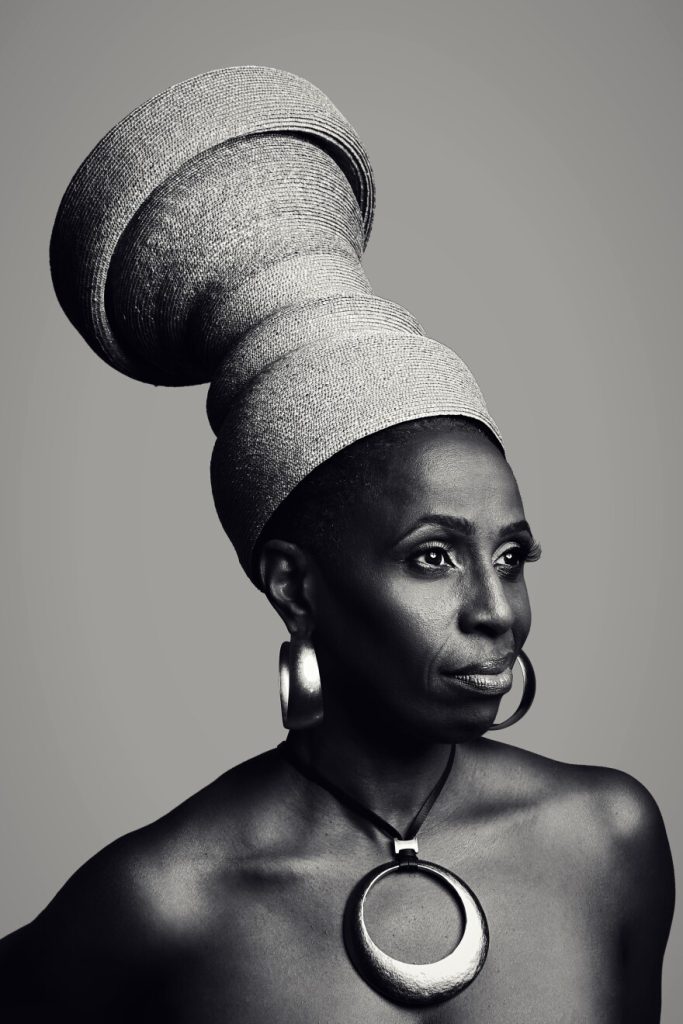
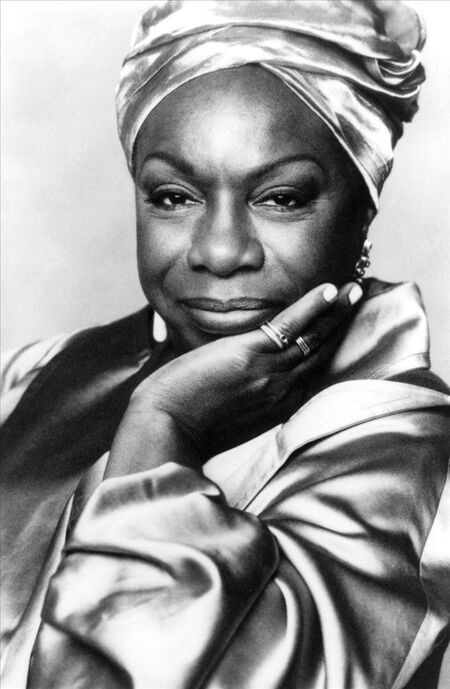
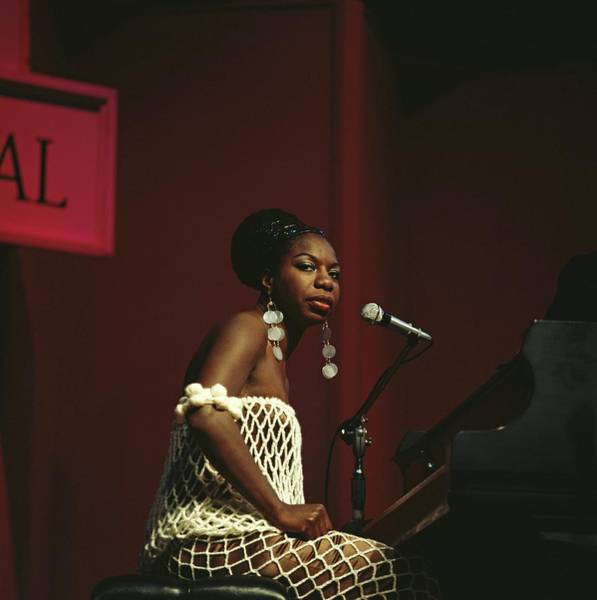
Simone’s career developed at first through engagements in different bars and nightclubs throughout the East Coast. She performed at the Town Hall in New York City in 1959 and later at Carnegie Hall in 1964. These concerts helped establish Simone as a major performer and recording artist. They were recorded and include some of her best known singles including “You Can Have Him” and “Mississippi Goddam.”
“Mississippi Goddam” is a form of protest music that Simone penned after the murder of civil rights activist Medgar Evers as well as the bombing of the 16th Street Baptist Church in Birmingham, Alabama in which four young African American girls died.4 In speaking about the song, Simone shared that, “Nightclubs were dirty, making records was dirty, popular music was dirty and to mix all that with politics seemed senseless and demeaning. And until songs like ‘Mississippi Goddam’ just burst out of me, I had musical problems as well. How can you take the memory of a man like [Civil Rights activist] Medgar Evers and reduce all that he was to three and a half minutes and a simple tune? That was the musical side of it I shied away from; I didn’t like ‘protest music’ because a lot of it was so simple and unimaginative it stripped the dignity away from the people it was trying to celebrate. But the Alabama church bombing and the murder of Medgar Evers stopped that argument and with ‘Mississippi Goddam,’ I realized there was no turning back.”5 Listen to “Mississippi Goddam” in this recording.
Simone is known for producing dozens of recordings throughout her life. Her first album, Little Girl Blue recorded with the Bethlehem label, included hits such as “My Baby Cares for Me,” later recorded by the likes of Nat King Cole.6 Simone continued to record with others such as Colpix Records, Phillips, and the RCA label. Some of her most important albums include I Put a Spell on You (1965), Wild is the Wind (1966), Silk and Soul (1967), Black Gold (1970), Baltimore (1978), and her last studio album, Single Woman (1993).
Her song “You Can Have Him,” written by Irving Berlin, was included in her concert recording on September 12, 1959 at Town Hall New York City. The song opens with a stunning introductory arpeggio up and down the piano before Simone casually utters “you can have him.” The song features Simone’s rich vocals set against sensitive chords throughout the piano. “Four Women,” a song Simone penned from her album Wild Is the Wind (1966) profiles four different African American women.7 Simone’s recording features her on piano in addition to the sounds of a flute, drums, and more. Listen to a recording of the song below.
Simone states in her biography I Put a Spell on You, “Critics started to talk about what sort of music I was playing and tried to find a neat slot to file it away in. It was difficult for them because I was playing popular songs in a classical style with a classical piano technique influenced by cocktail jazz. On top of that I included spirituals and children’s song in my performances, and those sorts of songs were automatically identified with the folk movement. So, saying what sort of music I played gave the critics problems because there was something from everything in there, but it also meant I was appreciated across the board—by jazz, folk, pop and blues fans as well as admirers of classical music.”8
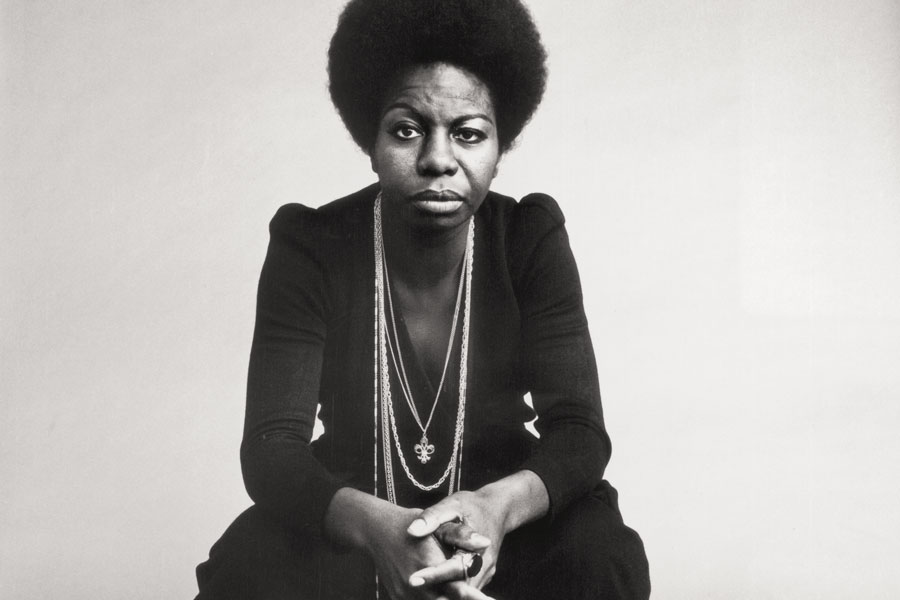
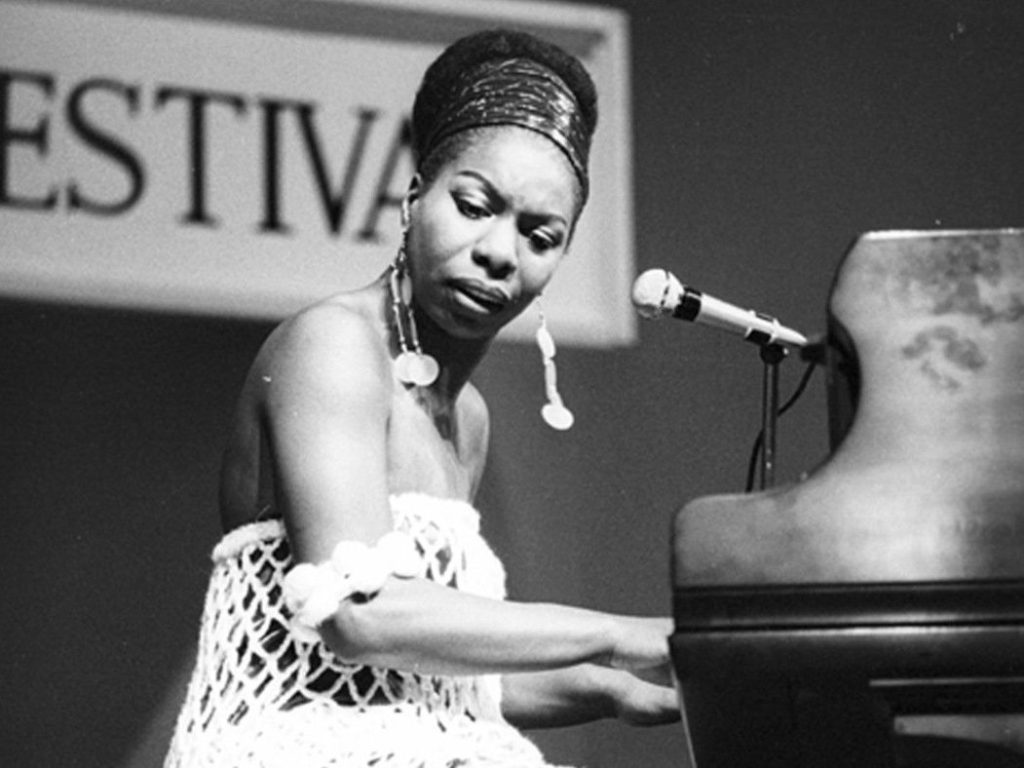
Simone’s legacy as a trailblazing pianist and singer resulted in four Grammy nominations and induction into the Grammy Hall of Fame (2000), the Rock and Roll Hall of Fame (2018), and the National Rhythm & Blues Hall of Fame (2021). Simone additionally received honorary degrees from Amherst College and Malcolm X College, as well as the Curtis Institute of Music just two days before her death. Simone’s life ended in Carry-le-Rouet in Southern France where she died in 2003 after previously spending time in Liberia, Barbados, Switzerland, and more.9 In the final decade of her life, she sold over one million albums.10 In honor of Nina Simone’s incredible life and work, Awadagin Pratt founded the Nina Simone Piano Competition. Read more about the competition in the article below written by Artina McCain.
OTHER RESOURCE YOU MIGHT ENJOY:
- DISCOVERY POST: Five Things You Might Not Know About Florence Price by Lia Jenson-Abbot
- DISCOVERY POST: This Week in Piano History: The Death of Jazz Pianist Alice Coltrane by Curtis Pavey
- MAGAZINE ARTICLE: Building Diversity in Your Music Career: Interview with Michelle Cann by Artina McCain
- MAGAZINE ARTICLE: Opportunities for African American Pianists: Awadagin Pratt on the Nina Simone Piano Competition by Artina McCain
- MAGAZINE ARTICLE: Elementary and Early-Intermediate Piano Music by Women by Cole Burger
- WEBINAR ARCHIVE: “Arabesque” (Lang) and Portraits in Jazz (Capers) with Laura Amoriello and Olivia Ellis
- WEBINAR ARCHIVE: Margaret Bonds: Troubled Water with Sarah Rushing
- REPERTOIRE VIDEO SERIES: Capers: Portraits in Jazz: No. 3 “Sweet Mister Jelly Roll” and No. 7 “Billie’s Song” by Olivia Ellis
- Use our search feature to discover more!
Sources
- “Biography,” The Official Home of Nina Simone, Accessed March 31, 2023. ninasimone.com/biography/.
- Ibid.
- Ibid.
- Mark Anthony Neal, “Simone, Nina,” Grove Music Online, 31 Jan. 2014; Accessed 31 Mar. 2023, oxfordmusiconline-com.uc.idm.oclc.org/grovemusic/view/10.1093/gmo/9781561592630.001.0001/omo-9781561592630-e-1002258277.
- “Biography,” The Official Home of Nina Simone, Accessed March 31, 2023. ninasimone.com/biography/.
- Mark Anthony Neal, “Simone, Nina,” Grove Music Online, 31 Jan. 2014; Accessed 31 Mar. 2023, oxfordmusiconline-com.uc.idm.oclc.org/grovemusic/view/10.1093/gmo/9781561592630.001.0001/omo-9781561592630-e-1002258277.
- Ibid.
- “Biography,” The Official Home of Nina Simone, Accessed March 31, 2023. ninasimone.com/biography/.
- Ibid.
- Ibid.
Neal, Mark Anthony. “Simone, Nina.” Grove Music Online. 31 Jan. 2014; Accessed 31 Mar. 2023. oxfordmusiconline-com.uc.idm.oclc.org/grovemusic/view/10.1093/gmo/9781561592630.001.0001/omo-9781561592630-e-1002258277.
The Official Home of Nina Simone. “Biography.” Accessed March 31, 2023. ninasimone.com/biography/